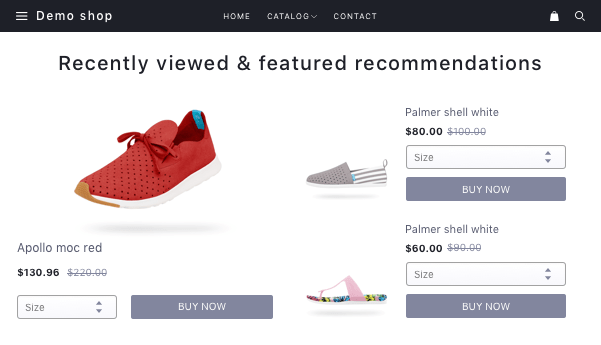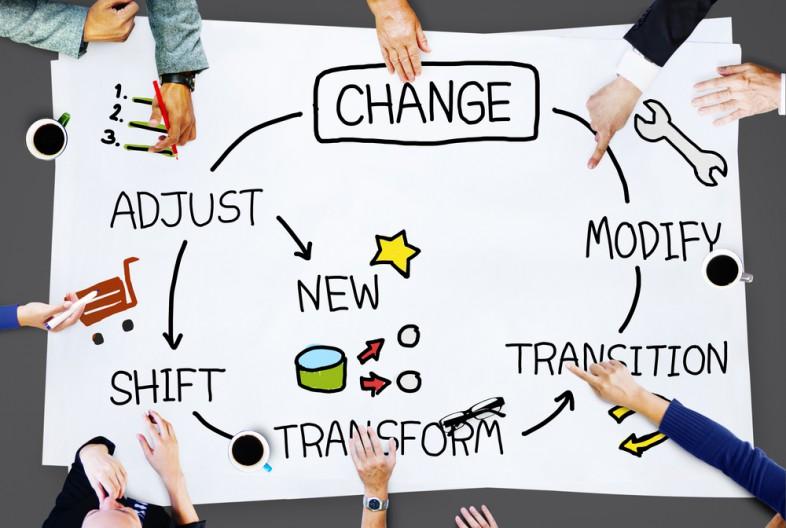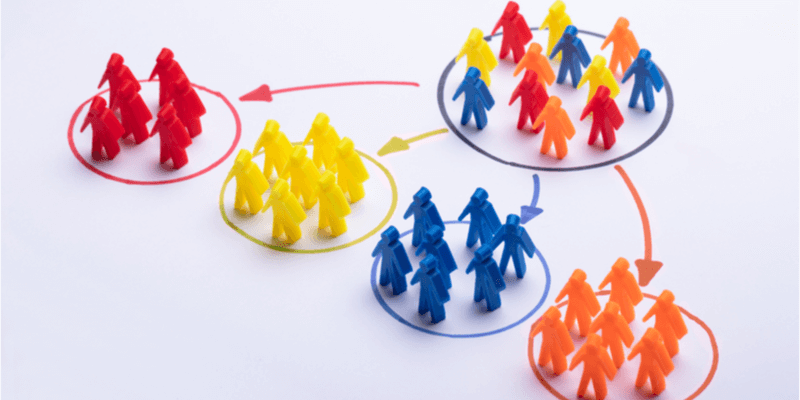Undeniably, 2020 was a memorable year in so many ways.
Following the COVID-induced pandemic, our lives took a 360-degree turn, and ever since, we have slowly embraced the new normal–something that won’t go away any sooner.
However, with vaccination and a positive rate of recovery, consumer confidence is slowly bouncing back. As a result, businesses can’t help but adopt newer marketing strategies to stay afloat. As an obvious consequence, revenge shopping is bound to surface, impacting several, especially where constrained demand is let loose–such has been the experience across all economic downturns in the past.
The only difference, in this case, is services and how they have already taken a hard hit. Thus, the rebound is most likely to affect businesses that carry a communal element within them like diners and restaurants, theatres, and other entertainment hubs. The catch here is how consumers choose to react. Market surveys depict how industries in nations with age-old demographics like Italy or Japan hold a pretty less optimistic view against nations with comparatively younger populations like that of the retail industry in India
Hence, it becomes more significant to mull over the critical findings lining up to newer strategies for the future of the businesses after the pandemic.
Read on to find out more.
Customer segmentation now holds the key
Since the very first wave of COVID, the EY Future Consumer Index took into account more than 14,0000 consumers across 20 nations and broadly identified five different customer cohorts– Affordability, Planet, Experience, Health, and Society.
The following trends were widely observed:
● 32 percent of consumers preferred living their lives according to their budget, thus caring less about branded products and shifting focus to functionality.
● 16 percent of consumers made it a point to reduce environmental impact by buying from brands that care about the planet and sustainability.
● 15 percent of consumers believed working together means aiming for a greater good and chose to buy products from companies they thought were transparent in their marketing.
● 25 percent of consumers prioritized health above all and limited stepping out for shopping and relied on online purchase.
● 12 percent of consumers gave prime importance to the experience they had while trying out new brands.
Such customer segmentation can help businesses delve into multiple personas and help introduce deeper insights to influence the entire customer journey.
“P” for Personalization
Thanks to Gen Z, the concept of connected life befell on us way ahead of COVID-19. D2C brands like Glossier were already building the hype for hyper-personalization banking on customer data.
However, it’s right after COVID that digital transformations hit the fifth gear elevating customer expectations for a seamless experience. As brands deal with personal data, customers now look forward to never-ending anticipatory experiences rewarding them throughout the buying journey.
To make the most out of this scenario, organizations should adopt the following strategies :
- Brand Scores: This should be one of the significant KPIs to facilitate customer segmentation using real-time analytics.
- Use cases–With come-of-age technology, it is possible to create the best use cases depicting the highs and lows of customer experience throughout their journey.
- Aligning both individual and collective goals– Doing so will help impact customer journey bridging the gap between silos like sales, marketing, and customer service, things that otherwise remain invisible to end consumers.

Today, consumers expect their buying journey to be frictionless, relevant, and most of all connected to their needs and wants. Hence, doing so further enables one to impact multiple dimensions of 4C’s – content (across apps and emails), commerce (retail, eCommerce, or a hybrid model), convenience (loyalty programs or exclusive coupons, prime access), and community (virtual tours, webinars).
In a post COVID world, it is imperative that 4Cs will have to be catered to ditching the “one size fits all” model and instead offer a more personalized solution. Thus, as a revised marketing strategy, companies will need to invest in developing their core intelligence team making extended use of customer data, and base their decisions by considering customer interactions and connection to the brand.
Harnessing the power of relationships
It’s no brainer that a solid relationship between a brand and consumers is built on one thing; trust.
When advertising makes a promise, there’s often a huge liability that rests on the brand to live up to the promise.

The COVID-induced pandemic has definitely found a way to put greater emphasis on relationships, especially when we consider B2B sales. With virtual sales gaining an edge during lockdowns, brands with existing relationships have been able to drive momentum for their revenue model banking on nothing but the power of past bonding.
As a sharp contrast, the quest for newer prospects has only called for more excellent skills that are focussed on delivering solutions and never products or services.
By all means, both scenarios see trust and integrity as the fundamental drivers to get things done. No denying, the post COVID world relies more on statistics, review, and insights and not just the good boyish charm of a brand. Hence, trust-building will be the sweet spot for those brands that pay greater attention to customer needs and offer a befitting solution to meet them.
This is also true from a B2C perspective, where the foundational value is directed towards consumer privacy as brands collect personal data with consent. Brands should cash out on this opportunity even better by introducing more transparent interfaces that make way for enhanced privacy controls. This will also help consumers make better decisions as they will be fully aware of the data they share with brands and soon convert into loyalists.
Being Agile

What we knew for decades about benefits coming from agile cycles ousting sequential waterfall models, COVID-19 made way for a trend that is irreversible as marketers embrace “nimble thinking.”
It’s quite a fortunate outcome that such a global crisis like COVID was able to create a mindset that is likely to be permanent. With demand sensing fuelled by social listening, brands have been able to tap into the right kind of customer sentiment. It speeded decision cycles on the operational front, thus imparting flexibility to key areas like Budgeting and Media.
Wrap up
The COVID-19 crisis has undoubtedly shaped a modern leadership culture that seeks nothing but prompt collaboration to answer resilience.
Hence, marketing strategies will have to strike a balance between human intervention and automation, unlock the best analytics, and master the art of storytelling to deliver bespoke experiences to consumers.
What do you think could be the best marketing strategies to adapt in a post COVID scenario? Drop-in your thoughts below and let us know.






